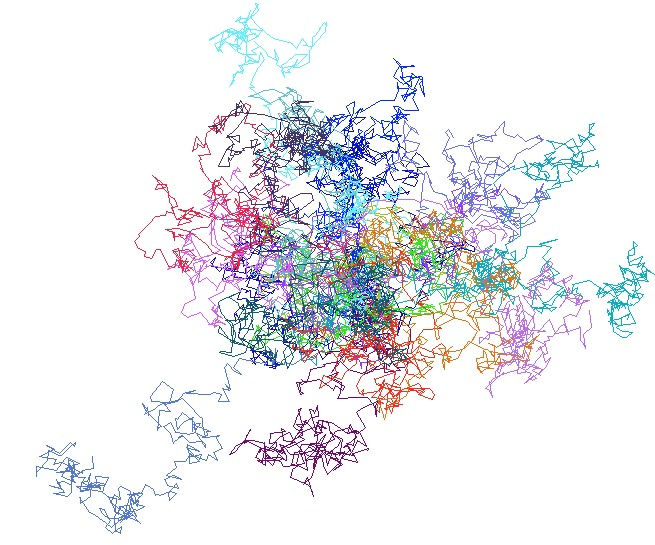top of page



1/1
Prof. Ellen Powell
Thursday 26th November 2020
Branching processes on the brink of extinction
Suppose that in a population, particles die and give birth to a random number of offspring each year (all with the same distribution and independently of each other). It is a well-known and intuitive fact that if the expected number of offspring is less than one, the population will become extinct with probability one. On the other hand, if this expectation is greater than one, the population may survive forever. This talk will focus on what happens when the expected number of offspring is exactly equal to one, both in this simple model and others with additional spatial information.
bottom of page